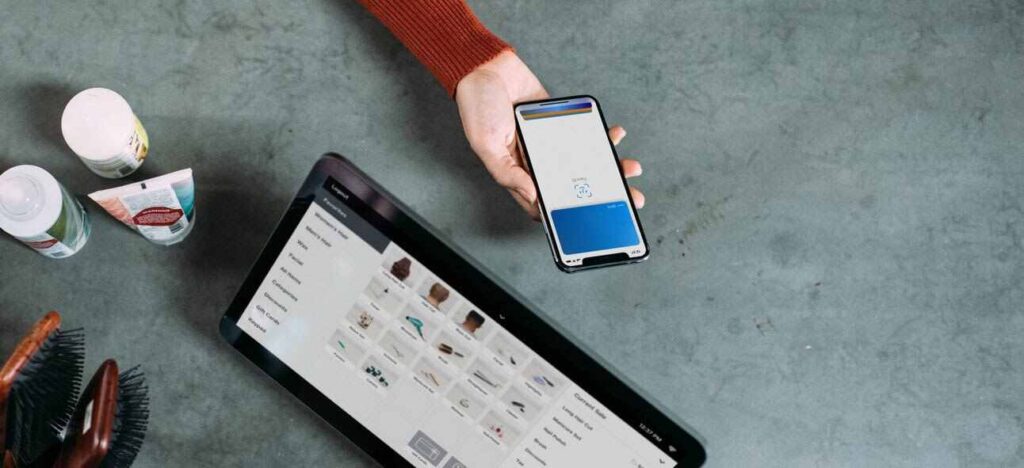Payments in Germany is just about to change. The smartphone is becoming a wallet for more and more consumers. At the same time, instant payment creates a sustainable infrastructure.
It is surprising, however, that the term instant payment is still practically unknown to the masses. Because the Europe-wide real-time payment system will change the transfer of money between current accounts, the payment in the online shop and at the cash register, the payment of bills and last but not least the transfer of money between private individuals.
Instant payment is particularly suitable for mobile payment, i.e. use on a smartphone.
This is how instant payment works
With Instant Payment, it is possible to make transfers as quickly and reliably as with cash by transferring a current account from the house bank, regardless of external systems.
It enables real-time transfers within the entire SEPA area. This means that the amount paid is irrevocably credited to the recipient’s account within a few seconds – around the clock, seven days a week. By increasing the maximum transfer amount, a significant barrier to acceptance is eliminated when it comes to high transaction amounts – when buying a car and other high-quality goods as well as in the B2B area.
The new payment method is suitable for online trading as well as for paying at points of sale and for transfers between business partners or private individuals. Instant payment is linked to the online or mobile banking of your bank and can be used optionally for transfers at many banks in Germany mostly (still) subject to fees.
The European Central Bank, in particular, is pushing ahead with the expansion of the associated infrastructure. It wants European banks to establish an alternative to the existing solutions of the large tech groups from Apple to PayPal and also from Visa and Mastercard with instant payment to remain competitive.
Since instant payments are particularly easy to process via mobile devices and offer more flexibility on the go, the general trend towards mobile payment could speak for a high level of acceptance of this payment method.
Advantages of real-time transfers for online trading
For online retailers, the increasing importance of instant payments would bring several advantages. In contrast to some other payment methods, this method has no credit default risk and no dependency on card provider systems. The fact that payments are received very quickly also has a positive effect on the retailer’s liquidity.
Goods can also be shipped immediately after ordering and real-time payment without risk of non-payment, which means that customers receive their shipments faster. This in turn contributes to the customer satisfaction and greater popularity of the respective online shop.
Fees as an obstacle
The public’s awareness and acceptance of the instant payment system also influence its possibilities because real-time transfers are only possible between banks that have connected to the associated infrastructure.
Many, but not all, banks in Germany and Europe now offer instant payments, some only receiving. It is expected that this system will be further expanded in 2020.
However, the fees that many German banks are currently charging for instant payment are likely to have an inhibiting effect, in part per real-time transfer, sometimes as a basic fee for the provision of this option. Therefore, the classic SEPA transfer for consumers is often the cheaper option if it is not about urgent purchases or contracts.
In other European countries, e.g., in the Netherlands or Spain, fees for instant payments are not standard. It remains to be seen to what extent German banks will orient themselves towards this – also concerning the rapidly growing competition from mobile payment solutions such as ApplePay and other providers. In any case, paying by smartphone in 2020 will go into a phase of growth.
Antony Robinson is an experienced IT expert, information architect and a customer experience evangelist. He has over 30 years of experience in web technologies, user experience, media, and marketing. Antony is currently the CMO of Novalnet AG, a fintech company in Germany. As CMO, he leads the company’s marketing strategy and fosters collaborations. Antony’s expertise and dedication to technology and innovation make him a valuable leader in his field.
